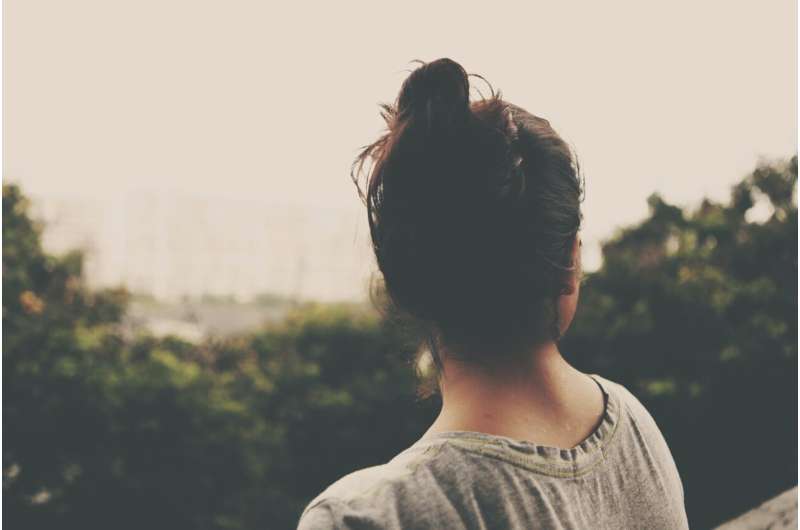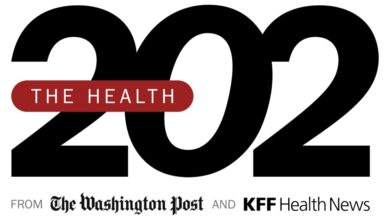Survey data reveal uptick in anxiety, depression among women in states with trigger laws post-Dobbs abortion decision


An analysis of national survey data conducted by researchers at the Johns Hopkins Bloomberg School of Public Health has found a small but statistically significant increase in self-reported anxiety and depression symptoms among respondents in states that banned abortion after the U.S. Supreme Court’s reversal of Roe v. Wade in June 2022 compared to respondents in states that did not enact bans.
The Dobbs decision, handed down on June 24, 2022, overturned the 1973 Roe v. Wade decision that made abortion a constitutionally protected right and returned the question of abortion regulation to individual states. The Dobbs decision triggered laws banning abortion that had been passed earlier in 13 states in anticipation of Roe being overturned.
The analysis found that the increase in self-reports of anxiety and depression in the six months following the Dobbs decision announcement was most pronounced among females ages 18 to 45. The increase among males in that age range during this time period was small and not statistically significant. While scores increased in trigger states, the authors note that on average, the scores remained in the mild range.
The study is published in JAMA.
“These findings suggest that changes in abortion policy can impact mental health at the population level,” says study senior author Matthew Eisenberg, Ph.D., an associate professor in the Bloomberg School’s Department of Health Policy and Management, and director of the Center for Mental Health and Addiction Policy, also at the Bloomberg School. “Policymakers should, of course, be aware of the first-order impacts of policies, but studies such as this suggest that they should also consider downstream policy effects on mental health, even when a policy is not specifically targeting mental health.”
The study’s first author was Benjamin Thornburg, a Ph.D. candidate in the same department.
For their analysis, the researchers used de-identified data from the Household Pulse Survey, an online survey the U.S. Census Bureau started conducting in April 2020, early in the COVID-19 pandemic. The survey gathers data from respondents ages 18 and up in U.S. households approximately every two weeks to provide snapshots of households’ health and socioeconomic situations.
The survey includes the Patient Health Questionnaire-4 (PHQ-4), a four-question screening tool often used in primary care settings to assess anxiety and depression. PHQ-4 scores range from zero to 12. A score of zero to 2 indicates no symptoms of depression/anxiety, scores from 3 to 5 are considered mild, and scores of 6 to 12 are considered moderate to severe. A score above 5 suggests a high probability of depression or anxiety, meriting further evaluation and/or treatment. The study covered 13 waves of data from the survey’s public use files, spanning December 29, 2021, to January 19, 2023.
There were 718,753 respondents during the study period—159,854 in trigger states and 558,899 in non-trigger states. For their study, the researchers analyzed responses from females ages 18 to 45 years (153,108) and from males ages 18 to 45 (102,581). (Forty-five is the age researchers often use to compute lifetime abortion incidence. The estimates were representative of the general population.)
More information:
Benjamin Thornburg et al, Anxiety and Depression Symptoms After the Dobbs Abortion Decision, JAMA (2024). DOI: 10.1001/jama.2023.25599
Citation:
Survey data reveal uptick in anxiety, depression among women in states with trigger laws post-Dobbs abortion decision (2024, January 23)
retrieved 23 January 2024
from https://medicalxpress.com/news/2024-01-survey-reveal-uptick-anxiety-depression.html
This document is subject to copyright. Apart from any fair dealing for the purpose of private study or research, no
part may be reproduced without the written permission. The content is provided for information purposes only.


